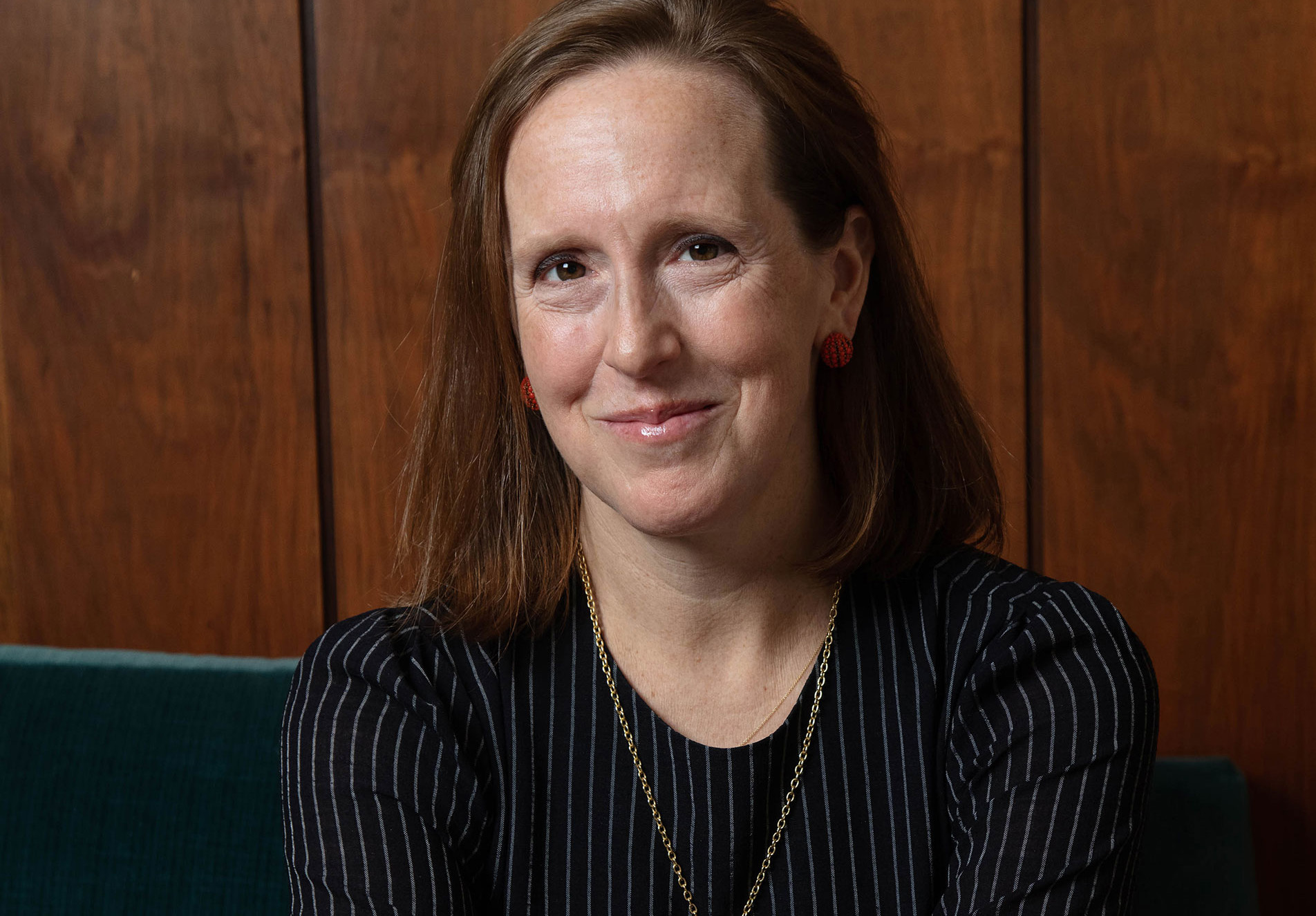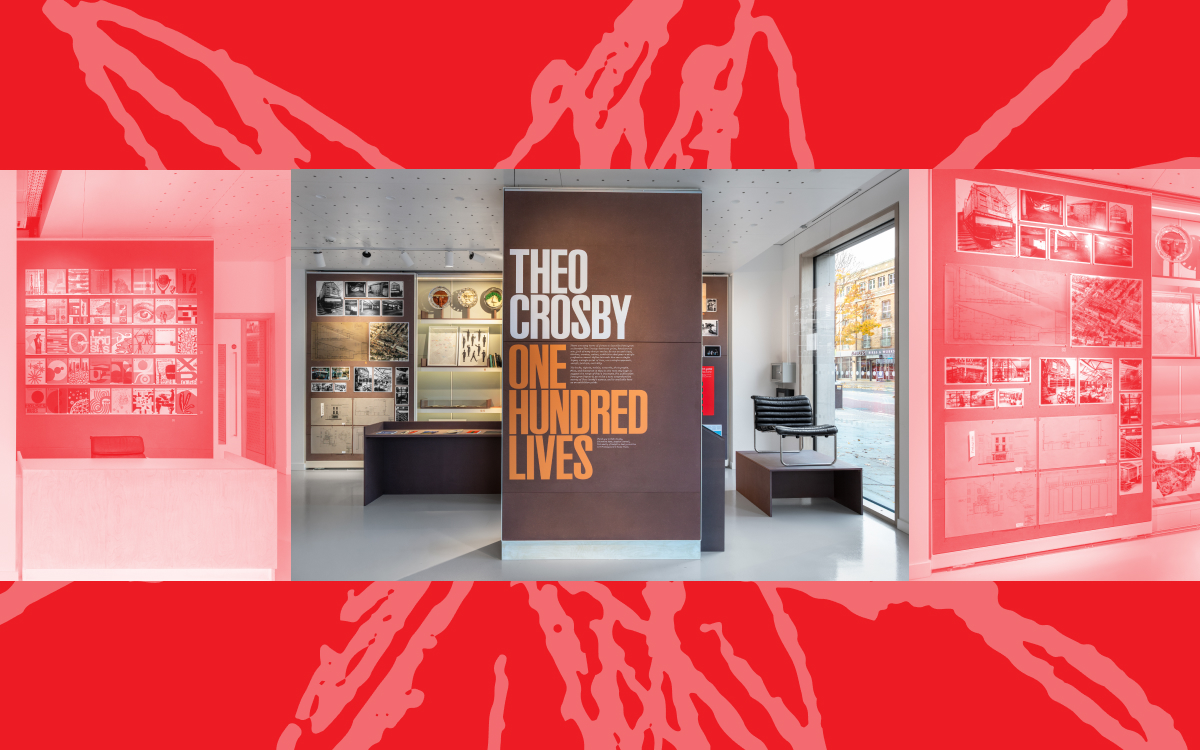Just a few weeks after I interviewed Sarah Meister for the show in 2021, she announced that she was leaving her long-time post as photography curator at MoMA to serve as the new executive director of Aperture, the esteemed photography non-profit. She seems to have hit the ground running in the two years since — Aperture recently purchased a space in New York as its new home — so it seemed time to catch up with her and hear about how she’s thinking about the new role.
——–
Shortly after we spoke on the podcast, you left MoMA to join Aperture as the new executive director, a position you’ve now held since 2021. What initially attracted you to the role and where have you focused in your first two years?
I had long admired Aperture: its quarterly magazine was the only one my husband and I saved across multiple moves, and I often relied on its content as a reference in my curatorial work. For instance, the 2018 issue “Prison Nation,” guest edited by Nicole Fleetwood, was key to the research I was doing at MoMA for Gordon Parks and The Atmosphere of Crime. Since my arrival at Aperture, I have focused on finding a permanent home (check! we purchased a space on 78th Street and Columbus Avenue, where we hope to be operating by fall 2024), developing a new strategic plan (recently approved by our board), and generally encouraging all the great work my colleagues were doing that attracted me to Aperture in the first place.
What does your role, as director, entail? How is this work similar or dissimilar to your curatorial roles? Were there learning curves or easily transferable skills?
When I was hired, my role was described as being Aperture’s “primary creative force and public representative.” While that’s mostly true, it doesn’t encompass the responsibilities related to organizational culture that are equally important to our success. There are elements of my work as a curator that prepared me well for this role: thinking critically about why photography matters, and ways to connect ideas with audiences. MoMA was exemplary in encouraging staff to understand the fiscal context for our work, so I had some insight into the ways in which organizations function. Without a doubt, participating in the Center for Curatorial Leadership program in 2017 gave me a host of practical skills (managing change, negotiation, strategic alignment), as well as an opportunity for personal reflection that have been invaluable. But I’d be lying if I didn’t acknowledge there has also been a steep learning curve!
This story is exclusive to Substack subscribers.
Already a supporter? Click here to read the entire story.




